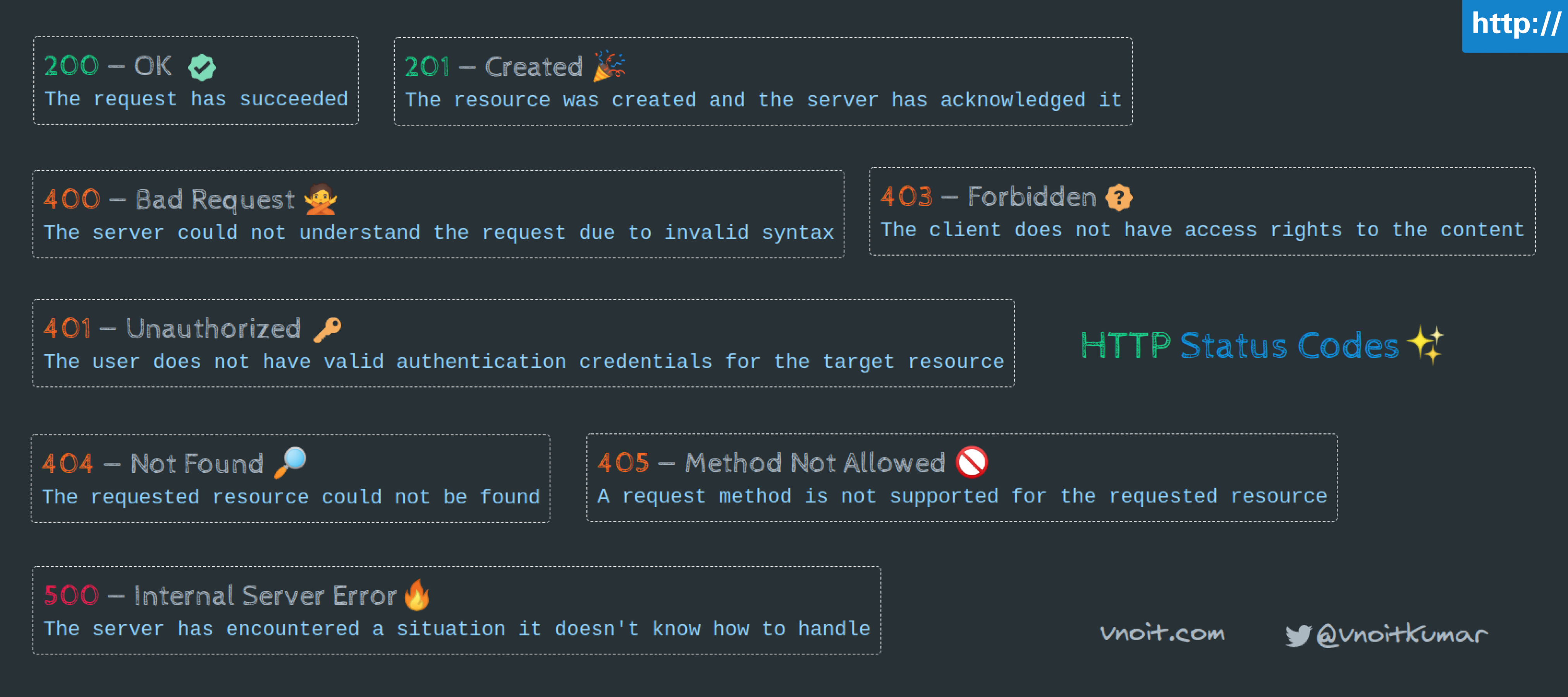
- #Package.json caret install#
- #Package.json caret update#
- #Package.json caret Patch#
- #Package.json caret code#
Let's talk about "react": "16.8.6" again. They are installed when you run npm install, or similar. Dependenciesĭependencies are a list of runtime packages that your project depends on. Whether the first, last, or middle number increments is based on the significance of the changes and their impact on everyone else. Every time the package is published to npm, the version should increase. Most JavaScript projects follow semver as a way to intuitively increment the package version. If you're used to using packages you're likely familiar with syntax like this "react": "16.8.6".
#Package.json caret install#
This is the name you'll find it under in npm, this is the name you'll use to install the package, etc. If you publish the package on npm, that information is available on the package page. description, repository, and author (or contributors if there are multiple) are there to provide context about the project.
#Package.json caret Patch#
Given a version number, increment the: MAJOR version when you make incompatible API changes, MINOR version when you add functionality in a backwards-compatible manner, and PATCH version when you make backwards-compatible bug fixes.The first few items in a package.json are descriptive.
#Package.json caret update#
Then, when the software matures, release it under 1.0.0 and increment the leftmost digit each time your public API changes (therefore people having ^1.0.0 won't get 2.0.0 update and it won't break their code). The rule is: use 0.x.y versioning when your software hasn't yet matured and release it with incrementing the middle digit when your public API changes (therefore people having ^0.1.0 won't get 0.2.0 update and it won't break their code). If you were, on the other hand, using 0.1.x -> 0.2.x -> 0.3.x versions then by the time the software is finally 100% done and full-featured it is released as version 1.0.0 and it means "This release is a long-term service one, you can proceed and use this version of the library in your production code, and the author won't change everything tomorrow, or next month, and he won't abandon the package". So, by the time your software is finally 100% done and full-featured it will be like version 11.0.0 and that doesn't look very meaningful, and actually looks confusing.
#Package.json caret code#
If you don't want to break the code for people who already are using your library you go and increment the major version: e.g.

The reason is that while the software is evolving the API changes rapidly: one day you have these methods and the other day you have those methods and the old ones are gone. When the software is emerging use 0.x.y versions and hat matching will only match the last varying digit ( y). Hat matching may be considered "broken" because it wont update ^0.1.2 to 0.2.0.


Notice: When you install a package which has 0 as major level, the update will only install new beta/pr level version! That's because npm sets ^ as default in package.json and when installed version is like 0.1.3, it freezes all major/minor/patch levels. Notice: Missing major, minor, patch or specifying beta without number, is the same as any for the missing level. Alternatively, use SemVer Check instead, which doesn't require you to pick a package and also offers explanations.Although the explanations for ^ (include everything greater than a particular version in the same major range) and ~ (include everything greater than a particular version in the same minor range) aren't a 100% correct, the calculator seems to work fine. Use npm semver calculator for testing.


 0 kommentar(er)
0 kommentar(er)
